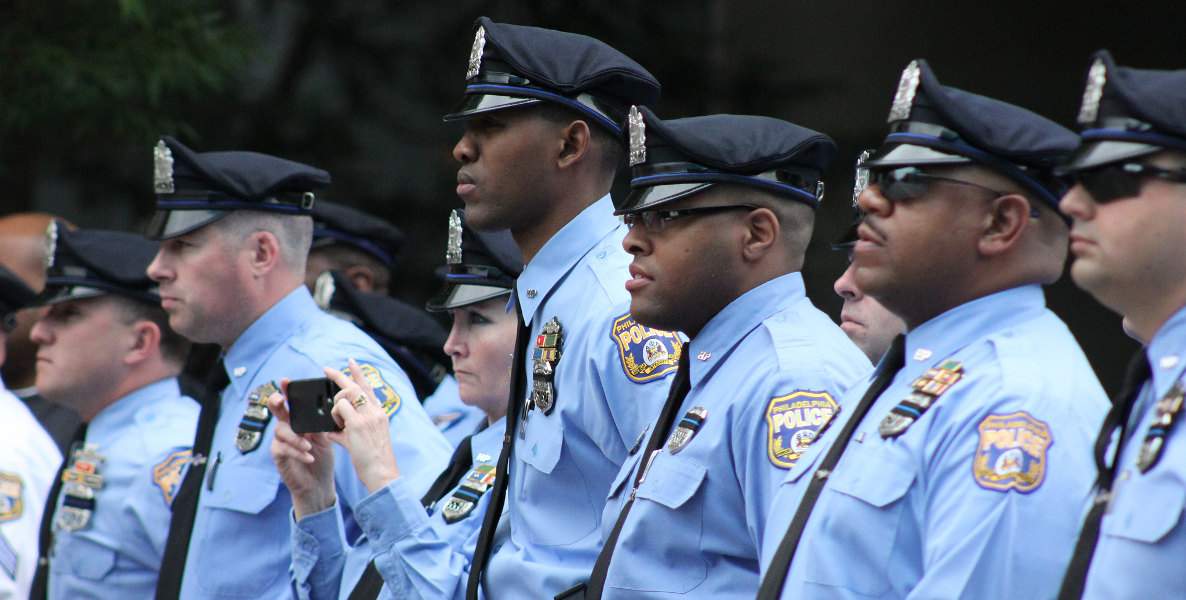It’s not surprising that we beat Cincinnati in the public transit category this week. Cincinnati is smaller than Philly, more culturally southern, and younger. All of that would suggest that Cincinnati has invested less than Philly in public transit. But public transportation in Cincinnati has long been a hot topic. For years, headlines have documented the soap opera-like narrative of the development of a downtown streetcar system that, after many fits and starts, debuted earlier this year.
According to Professor Richardson Dilworth of Drexel’s Center for Public Policy, Cincinnati’s epic battle over its streetcar system was not only full of drama, it also reveals a lot about what the priorities ought to be in the modern city. “Questions about the development of the streetcar appear to have been one of the primary issues in Cincinnati mayoral races—and may explain the higher recent turnout,” Dilworth says. “The city’s current mayor, John Cranley, actively opposed it, and still does. Soon after John Kasich was elected governor he took away $52 million in state funding for the project—and yet the thing got built anyway. It is apparently not that impressive, basically serving a small proportion of downtown at a high cost—but on the other hand what can you expect of a program that has been actively opposed for so many years by powerful figures?”
Dilworth points out that downtown rail development tends to be about more than providing a service to the city’s neighborhood population. “Downtown streetcar systems such as the one in Cincinnati can be easily critiqued because they cost a lot, they basically never can recoup their cost on the basis of fares, and they are typically used as a tool of downtown development, whereas buses are cheaper and serve actual working people in neighborhoods,” Dilworth explains. “At the same time, rail transit is smart because once you build it, it’s hard to get rid of—you’ve already paid the massive fixed costs of building the system so even if you’re not making money on running cars, it’s still relatively cheap to do so, given your high fixed costs. This is in contrast to buses, which have the advantage of being flexible, but are also easy to get rid of. Building fixed rail is about city building. No one ever built a city on the basis of a bus transit system.”
Interesting. But how does this apply to Cincinnati? “You can see this in the Cincy streetcar saga,” Dilworth says. “The reason Cranley couldn’t get rid of it was because millions had already been invested in the system—and what else can you do with a bunch of rails that have already been laid?”
In that sense, one takeaway for other cities just might be that the longer major proposals like Cincinnati’s streetcar system live to fight another day, the more they ultimately gather a sense of inevitability—to the point that even those elected officials leading the opposition end up having to go along, for fear of throwing good money away after bad.
Cincinnati Idea to Steal: The Collaborative Agreement
Fifteen years ago, in the aftermath of 2001’s race riots following a pattern of shootings of young African-American men by the police, the city of Cincinnati entered into a groundbreaking, legally-binding agreement between citizens, police and the officers’ union to limit the use of force, increase transparency and prevent racial profiling. Some 3,500 citizens, representing multiple stakeholder groups, took part in hammering out the agreement. To this day, the Cincinnati Collaborative Agreement is considered a blueprint for police reform, and has been used to inform how communities like Ferguson, Missouri, begin to tackle healing after similar tragedies.
The agreement resulted from a settlement after the ACLU joined with the Cincinnati Black United Front in a suit that alleged racial profiling and discriminatory practices on the part of Cincinnati police. It engaged both police and everyday citizens and came up with a community-oriented policing strategy with benchmarks designed to improve the training and education of police officers. Its oversight provisions set in place independent annual reviews, to make sure all parties lived up to their commitments.
Maybe the most groundbreaking part of the agreement contains an idea Philadelphia would be wise to borrow from. A cornerstone of the collaborative was the Citizen’s Complaint Authority, an independent agency tasked with investigating citizen complaints against the police, looking for patterns of misconduct, and recommending policy changes. It was given real teeth, a budget of more than $1 million, and five full-time investigators.
Fifteen years in, the data shows that Cincinnati was transformed by the agreement’s reforms. There has been a 69 percent reduction in police use-of-force incidents, a 42 percent reduction in citizen complaints and a 56 percent reduction in citizen injuries during encounters with police, according to a report by Robin S. Engel and M. Murat Ozer of the Institute of Crime Science at the University of Cincinnati. Violent crimes dropped from a high of 4,137 in the year after the riots, to 2,352 in 2014.
Under former Commissioner Charles Ramsey and current Commissioner Richard Ross, Philadelphia has made great strides in relations between the community and police. But to keep improving those relations, we should look at what worked in Cincinnati.


